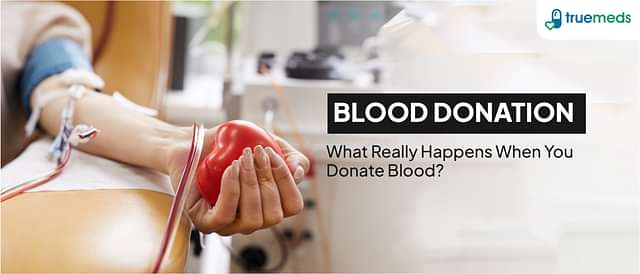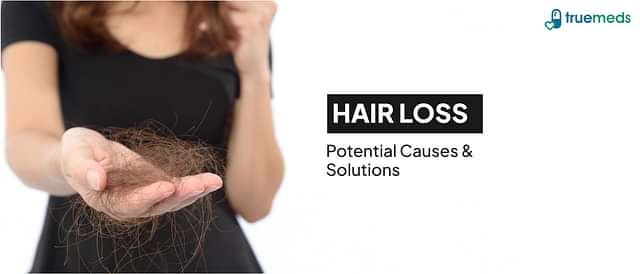Polio disease causes and symptoms
Last updated on : 16 May, 2024
Read time : 5 min
What is Polio disease?
Polio disease is also known by the name poliomyelitis. It is a very contagious disease caused by a virus that attacks the nervous system. Most of the time it happens to children younger than 5 years old.
There have been three main types of polio.
1) Subclinical:
This type of polio does not cause any symptoms and does not affect the central nervous system, which includes the brain and spinal cord.
2) Non-paralytic:
In these, it does affect the brain, but it does not lead to paralysis.
3) Paralytic:
This is the most deadly and rare form of polio, resulting in full or partial paralysis. Paralytic polio has three types.
- Spinal polio affects the spine
- Bulbar Polio affects the brainstem.
- Bulbospinal polio affects the brainstem and spine.
Polio signs and symptoms
Polio can cause paralysis and death under the worst condition. Most people who have polio do not show any symptoms. If polio symptoms are noticeable, they are dependent upon the type of polio.
Sometimes people affected by polio but did not get paralyse usually get better. People who got paralytic polio could be paralyzed for life.
1. Non-Paralytic polio symptoms
Non-paralytic polio is also known as abortive poliomyelitis. It causes flu-like symptoms that last for a few days or weeks. These include:
- Fever
- Throat upset
- Headache
- Vomiting
- Fatigue
- Pain in the back and in the neck
- Arms and legs are stiff
- Sore muscles and spasms
- Meningitis, a brain membrane infection
2. Paralytic polio symptoms
In these conditions, the virus gets into the motor neurons, where it multiplies and kills the cells. These cells are in the spinal cord, the brain stem, or the motor cortex, which is a part of the brain that helps control movement.
Symptoms of paralytic polio it doesn’t similar to non-paralytic polio. But they get worse over time and include:
- Severe muscle pain
- Temporary or permanent paralysis
- Floppy and lose limbs
- Deformed limbs
3. Post-polio syndrome
These are a cluster of disabling signs and symptoms that affect people after several years of having polio disease. These include:
- Pain and weakness in the muscles and joints
- Muscle atrophy or shrinking
- Tiredness occurs for no reason
- Difficulty in swallowing and breathing
- Tuff to deal with colder weather
- Problems with sleep (Apnea)
- Trouble focusing and remembering
- Depression and mood swings
What causes polio?
The virus that effect polio is poliovirus. Which is very contagious and can spread through interaction with faeces. Poliovirus can sometimes spread through a cough or sneeze this is a less common way for the disease to spread.
People who live in places with poor sanitation and unhygienic are more likely to affect viruses from drinking water that has occurred from human waste.
These viruses can get into the body through the mouth or nose and go to the respiratory and digestive systems. They can grow in the intestines and throat and then get into the bloodstream. These viruses can also affect the nervous system and make it difficult for the brain to communicate messages.
Three well-known strains of the poliomyelitis virus cause complications: Type 1, Type 2, and Type 3.
Diagnosis for polio
Doctors inform if you have polio by looking at your symptoms and signs. They will recommend you to do a clinical test and look for weak reflexes, a stiff neck, or signs that it is hard for you to lift your head.
The poliomyelitis virus will be also seen in stool, throat, or cerebrospinal fluid which is seen during lab tests.
Treatment of polio disease
Doctors can only treat the signs and symptoms of polio, there is no permanent cure. Health care workers will recommend getting vaccines against this disease.
The most common treatment to minimize symptoms involves:
- Pain killers
- Physical therapy
- Bed rest
- Antibiotics for UTI (urinary tract infections)
- Warm towels to reduce muscle ache and spasms
- Pulmonary rehabilitation to increase lungs strength
- Corrective braces to help with walking
- Ventilators to help with breathing
- Drugs to relax muscles.
Polio vaccine
Inactivated poliovirus vaccine is usually given in four doses to kids at the respective ages:-
- Two months
- Four months
- Between six to eighteen months
- Between 6 to 8 years.
People with a weak immune system can safely get the inactivated poliovirus vaccine. Some common side effects of vaccinations are pain and redness where the injection was given.
Inactivated poliovirus vaccine can cause allergic reactions in some people. The vaccine contains trace amounts of polymyxin B, streptomycin, and neomycin.
Allergic reactions, signs and symptoms, usually occur within a few minutes to a few hours after the vaccine shot. It includes:
- Rapid heart rate
- Difficulty in breathing
- Hoarseness
- Weakness
- Hives
- Wheezing
- Dizziness
People who experience any of the above allergic reactions must get medical help immediately.
Most adults are immune to the disease and don’t get vaccinations. Unhygienic areas are more prone to induce infections. Consult a doctor, he will recommend you to take the polio vaccine.
Buy online medicines through Truemeds at the best price and discounts. For all the latest coupons and offers on branded and generic medicines, follow us on Instagram and Facebook.
Disclaimer
Our healthcare experts have carefully reviewed and compiled the information presented here to ensure accuracy and trustworthiness. It is important to note that this information serves as a general overview of the topic and is for informational purposes only. It is not intended to diagnose, prevent, or cure any health problem. This page does not establish a doctor-patient relationship, nor does it replace the advice or consultation of a registered medical practitioner. We recommend seeking guidance from your registered medical practitioner for any questions or concerns regarding your medical condition.
Popular Articles
Recommended Articles
Recent Articles
Top-Selling Medicines:
...View more
Top-Selling OTC:
...View more
Company
About UsHealth ArticleHealth StoriesDiseases & Health ConditionsAll MedicinesAll BrandsNeed HelpFAQSubscribe
Registered Office Address
Grievance Officer
Download Truemeds

Contact Us
Our customer representative team is available 7 days a week from 9 am - 9 pm.
v3.7.9
Our Payment Partners























































